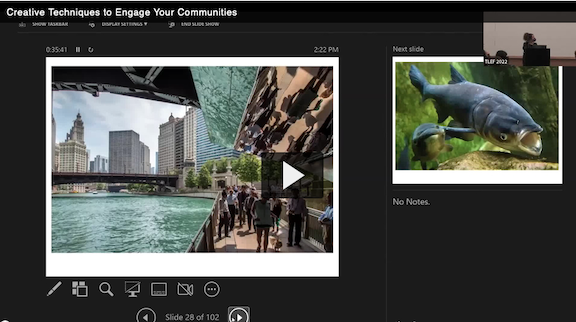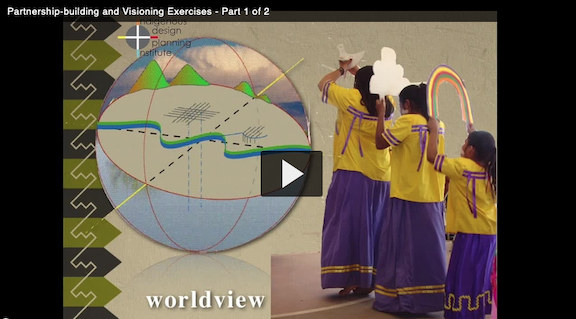Tribal environmental professionals are on the frontlines, dealing with many issues – planning for natural and human-caused emergencies, remediating and even restoring contaminated lands, protecting traditional lifeways and sovereignty, designing and implementing Tribal laws to protect their Nations, and working to avoid disasters in the first place, to name just a few. All of these activities require some kind of community engagement. If activities or policies reflect the traditions, desires, and needs of your community, then cooperation and involvement is much easier to achieve.
On this page we are providing a variety of tools that we hope will help you in this critical work, and maybe some will spark some new ideas or approaches you had not considered before!
Our colleagues at US EPA’s Office of Research and Development (ORD) develop a lot of online tools to assist you in your work. In late 2023, they released the Equitable Resilience Builder. You can download ERB directly to your computer – none of your data is accessible to anyone else.
It is filled with a variety of tools to help you:
- Design engagement activities relevant to your community
- Consider a variety of options you may not have considered
- Catalog key issues you know are important to you
- Design a plan you can use for your Nation, Tribe, or Village.
The community engagement tools on their own may be of interest even if you are not looking to create a resilience plan.
To learn more about the ERB tool, watch their introductory webinar, look over guidance documents, and download the actual tool, please visit ORD’s website.
Additional Videos Related to Community Engagement
The Agency for Toxic Substances and Disease Registry’s Land Reuse Program provides free technical assistance to environmental professionals and planners to engage communities with concerns about the environment and environmental justice. In this presentation at the TLEF, attendees learned about and practiced using photo essays to drive community change and the 4-step Action Model to engage communities in assessment and cleanup of contaminated properties.
In this workshop, done as part of our 2020 TLEF, speakers from the Center for Creative Land Recycling, University of New Mexico, and KSU’s Tribal TAB, explore various exercises and methods that anyone can use to facilitate in-person and virtual interactions, helping your attendees see various viewpoints and find potential solutions together. At the end of the two-part session, you will have some tools that can be used for meetings, remote session, workshops, education and mediation, and skills to use at your Tribe, Nation, or Native Village.
During the 2021 TLEF we had a session titled Indigenous Communities Engaging in Local Science and Policy Making. Speakers from the Native Village of Chickaloon, Nia Tero, and the Indigenous Hawaiian community, discussed their engagement activities. They provide examples of how they brought together scientists, leaders, and the general public in efforts to integrate the concerns and priorities of Indigenous communities in scientific and policy decision making.
Visit our Partnerships and Public Outreach video channel to see additional recordings regarding community engagement.




